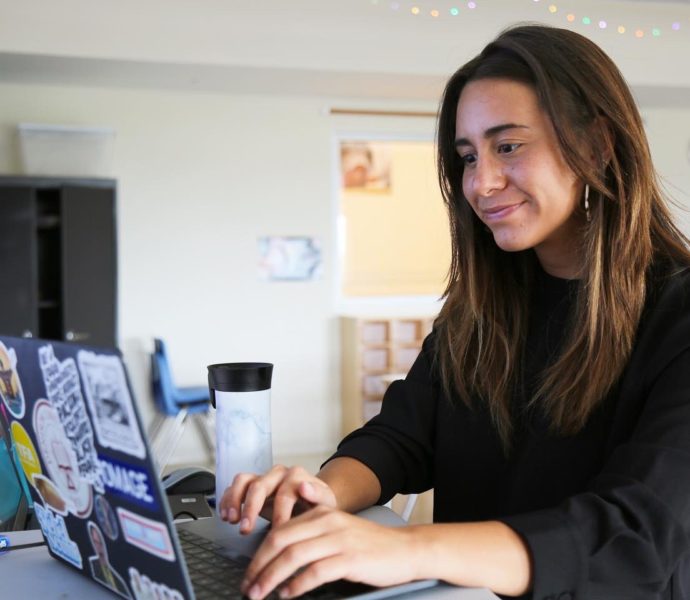An Educator’s View: We Have a Choice — Set a Bar of Mediocrity for Online Education or Take This Opportunity to Change How We Teach
ByJim Manly
In the ongoing debate about whether to open schools in the midst of a pandemic, the assumption that remote education is a poor substitute for in-person schooling has become established fact. From connectivity issues to a lack of social interaction, virtual learning has myriad challenges and shortcomings, and can never truly re-create the magic of the classroom.
But, as it becomes clear that remote and hybrid learning will continue for the foreseeable future, educators are presented with a choice: We can either set a bar of mediocrity because remote learning is new and difficult, or we can seize this once-in-a-lifetime opportunity to change the way we deliver high-quality education.
Ultimately, that’s not really a choice. Remote instruction is being delivered to millions of children today, so it’s our responsibility as educators to make online learning engaging, effective and accessible as possible for all students.
There are advantages to online learning that teachers can and should capitalize on that keep students logging on each day. In fact, a number of features unique to remote learning sync up quite well with the most recent cognitive science research on how our brains work and how children learn. Teachers can watch students work on a shared document in real time, providing immediate feedback on their written responses. Students can watch a teacher’s recorded lecture at their own pace, pausing and replaying as needed. Videoconferencing software lets teachers minimize verbal interruptions or disruptive behaviors from students during live classes. And students can ask questions risk-free through private chats or comments on shared documents.
Read the full article here.
